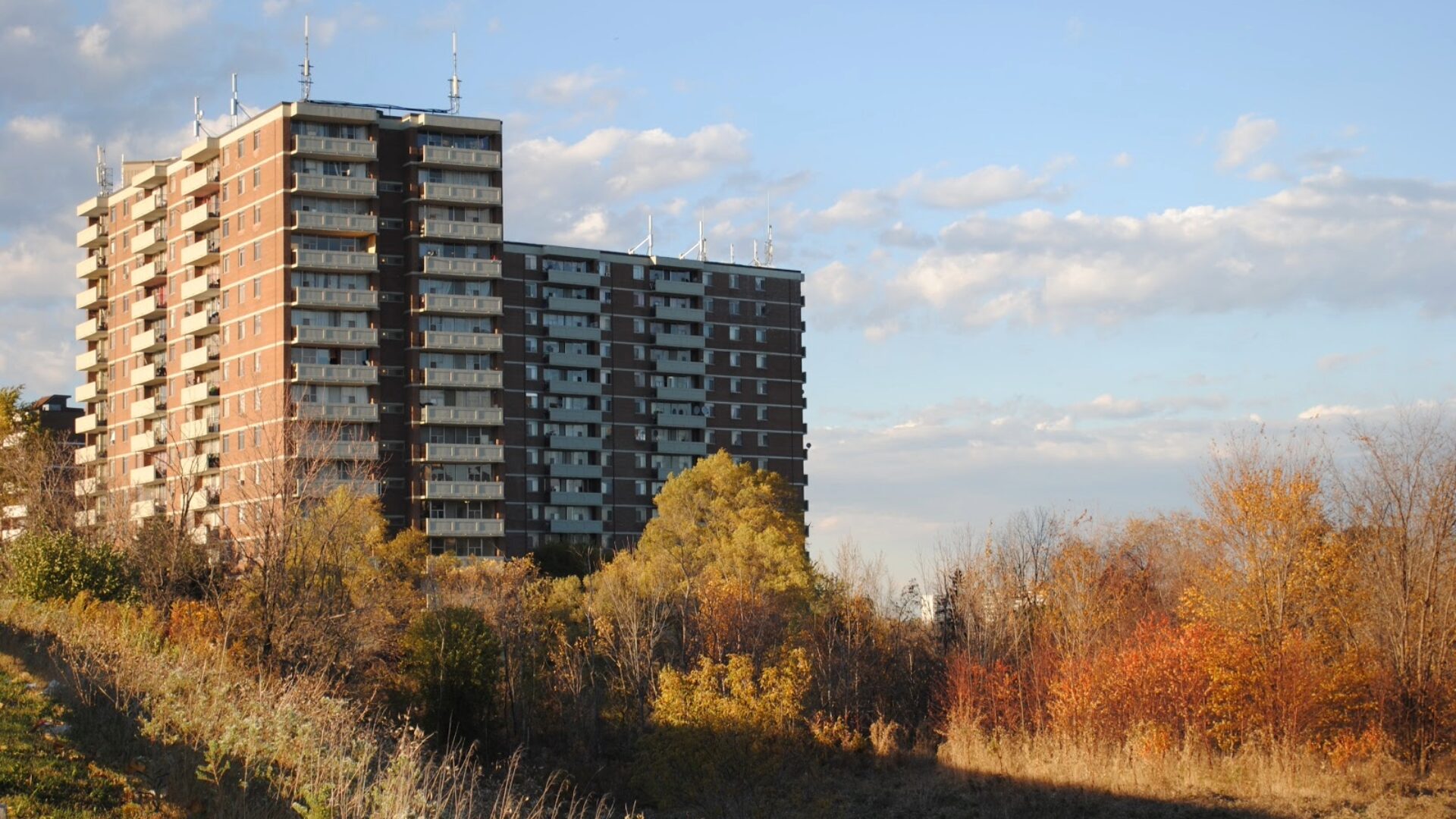Our Insurance Litigation group at Davidson Cahill Morrison LLP continues to receive inquiries from homeowners that have claims under the title insurance policies they purchased through their lawyer at the time they bought their house. In our earlier Commentaries we have discussed some of the Coverages provided under the policies sold by lawyers to their clients today. You can view these Commentaries on our website.
There are four Insurers licensed in Ontario by the Financial Services Regulatory Authority (“FSRA” – formerly the Ontario Insurance Commission). FSRA is charged with regulating the market conduct of Insurers but, regrettably, has no rules or regulations governing the conduct of these Insurers. This is remarkable given these Companies are regulated in every US State by regulations that run to hundreds of pages; standardize the policies; determine what a title insurer can, or can’t, insure; and what it may, or may not, charge for the coverage.
At Davidson Cahill Morrison LLP we have represented homeowners insured by each of the different Insurers, we have had to review each of their policies. Sadly, there are significant differences which raise impossible questions for the lawyers selling these policies at the time the home is purchased. How can the lawyer anticipate a future situation where two or three words in a policy might make a difference to a future claim?
A glaring example of this occurred in MacDonald v. Chicago Title Insurance Company of Canada, 2015 ONCA 842 the case we discussed in my first Commentary. A previous homeowner had removed an interior structural wall without first obtaining a Building Permit. The MacDonald’s claimed under their Chicago Title policy. Their policy provided coverage if the MacDonald’s were “forced to remove” a part of their structure. Chicago denied on the basis that the City was not making the MacDonald’s “remove” anything. Quite the contrary – too much had already been “removed”. Chicago’s denial wound up in Court and the Court of Appeal wound up, respectfully, trying to stretch the very definition of “title” to find coverage for the MacDonald’s. When the MacDonald’s bought their home (in 2006) their lawyer could have chosen a policy from First Canadian Title, or Stewart Title, that provided coverage should the MacDonalds be “forced to remove or remedy” their structure. Lacking the two words “or remedy” sent the MacDonalds into protracted litigation instead of a fixed home.
We have quite a few of the insurers’ present forms of policy in our files. Regrettably, and another consequence of these insurers not being regulated in Canada, they can change the terms of their polices at will. In most US States they would need permission from the State Insurance Regulator to make a change. For the purpose of this Commentary, I need to advise that I am looking at a FCT “Home Ownership Protection Policy” issued in 2019; a Chicago Title “Residential Owner’s Policy (Canada)” issued in 2020; a Stewart Title “Gold Comprehensive Protection Owner’s Policy” issued in 2018; and a LawPRO “TitlePLUS Policy of Insurance for Owner” issued in 2024.
Differences that could be consequential when a claim is made begin with the first sentence. Capitalized words are defined terms in each policy. That said, and in my view, Title Insurance contracts are a form of consumer protection here in Canada and should be read with this basic rule in mind. So, let us continue in our analysis.
FCT begins their policy with: “This policy insures you against Actual Loss, and any costs, legal fees and expenses provided under this Policy resulting from the Covered Risks set forth below….”
Chicago Title begins their policy with: “This policy insures You against certain specific risks to your Title or the Land ….
Stewart Title begins their policy with: “This policy insures your Title to your Land ….”
Finally, LawPRO begins their policy with: “This Policy insures your Title to the Land and the legal services provided by your lawyer…”
Each of the policies uses different language (particularly Chicago Title) to do so but each defines the word “Land” as, essentially, the house. There are then various covered risks listed that in no way effect “title”. Title is an ownership right and each of the polices covers risks that in no way impact ownership. They each cover the risk that the house was built without a valid building permit. They each cover the risk that the zoning won’t permit residential use. They each cover the risk that the Building Dept. of the Municipality had something in its files on the day you closed. So, what does Stewart mean when it says their policy insures your “Title to your Land”. What does LawPRO mean when their policy says they insure your “Title to the Land”. Is there a difference?
More importantly it appears both Stewart and LawPRO, but not FCT and not Chicago, are reserving the ability to deny coverage of a risk that speaks only to “Land” – like that no building permit ever issued – on the basis that they only insure “Title” to your Land, or “Title to the Land. Not the “Land”.
There are other discrepancies in the policies issued by these unregulated insurers but one in particular is on point here. The three US based insurers FCT, Chicago and Stewart have denied claims made under the following Covered Risk (taken from Chicago’s policy):
#23. You are forced by a Governmental Authority to remove or remedy (added after MacDonald!) your existing structures or any part of them, other than boundary walls or fences, because any portion was built without obtaining a required building permit from the proper Governmental Authority”
It is our view that “obtaining a required building permit” has to mean obtaining a closed permit. Simply applying for a permit and getting a permit number as the Municipality begins its inspection protocols means nothing. Thousands of dollars of work, even hundreds of thousands of dollars of work, can remain outstanding to be done after a permit has simply been opened. An interpretation that suggests merely having applied for a permit is sufficient makes the coverage meaningless. It must mean something. It appears LawPRO agrees. They describe the following as a covered risk:
#23. You are forced by a Governmental Authority … to remove or remedy your existing structures or any part of them, other than a fence or boundary wall, because… (f) There is an open building permit; or… [My emphasis]
But on the other hand, LawPRO starts their policy stating “This Policy insures your Title to the Land”. Are they saying open building permits are title matters?
I plan to describe some other important differences in these policies in future Commentaries but will conclude this Commentary by asking how lawyers on real estate transactions are choosing which policy to sell to their clients. Is it on the basis of language differences in the policy protecting your clients or because of what the Insurer does for you? This is an important conversation to have with your lawyer.





